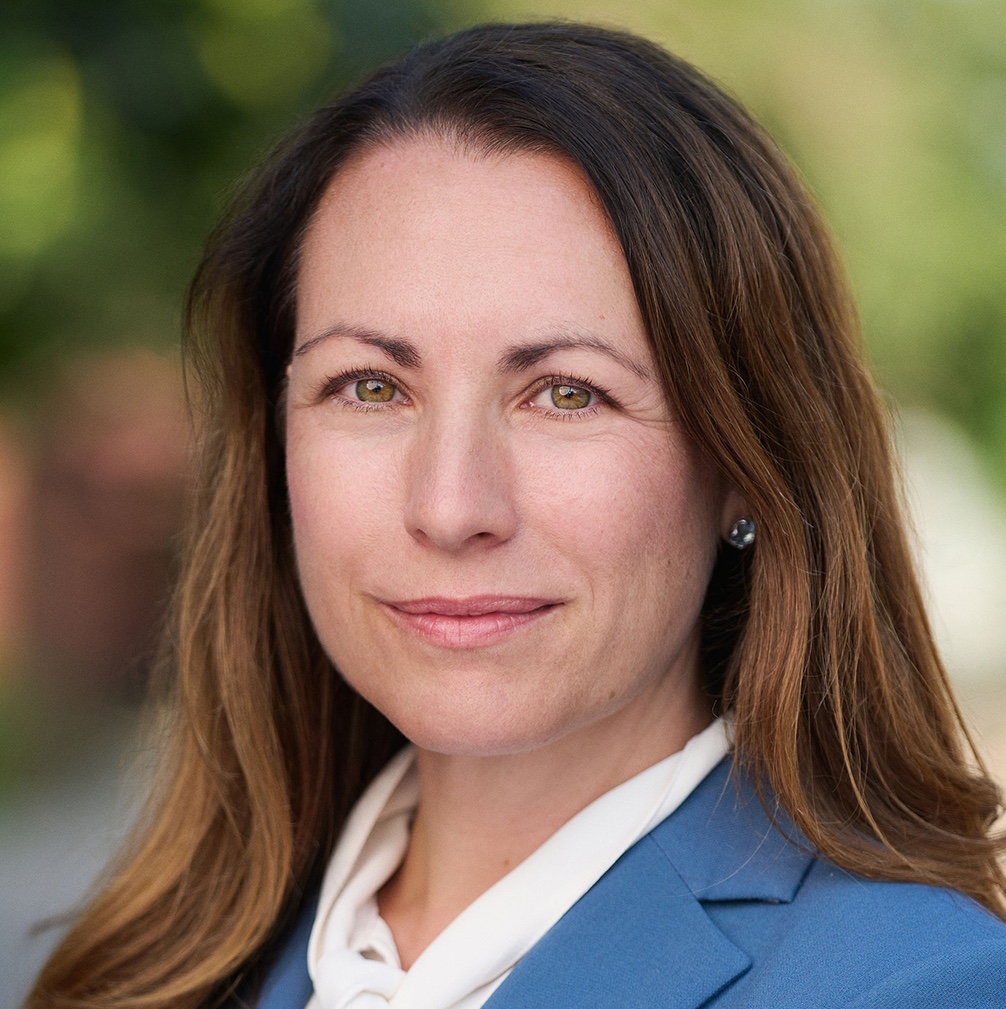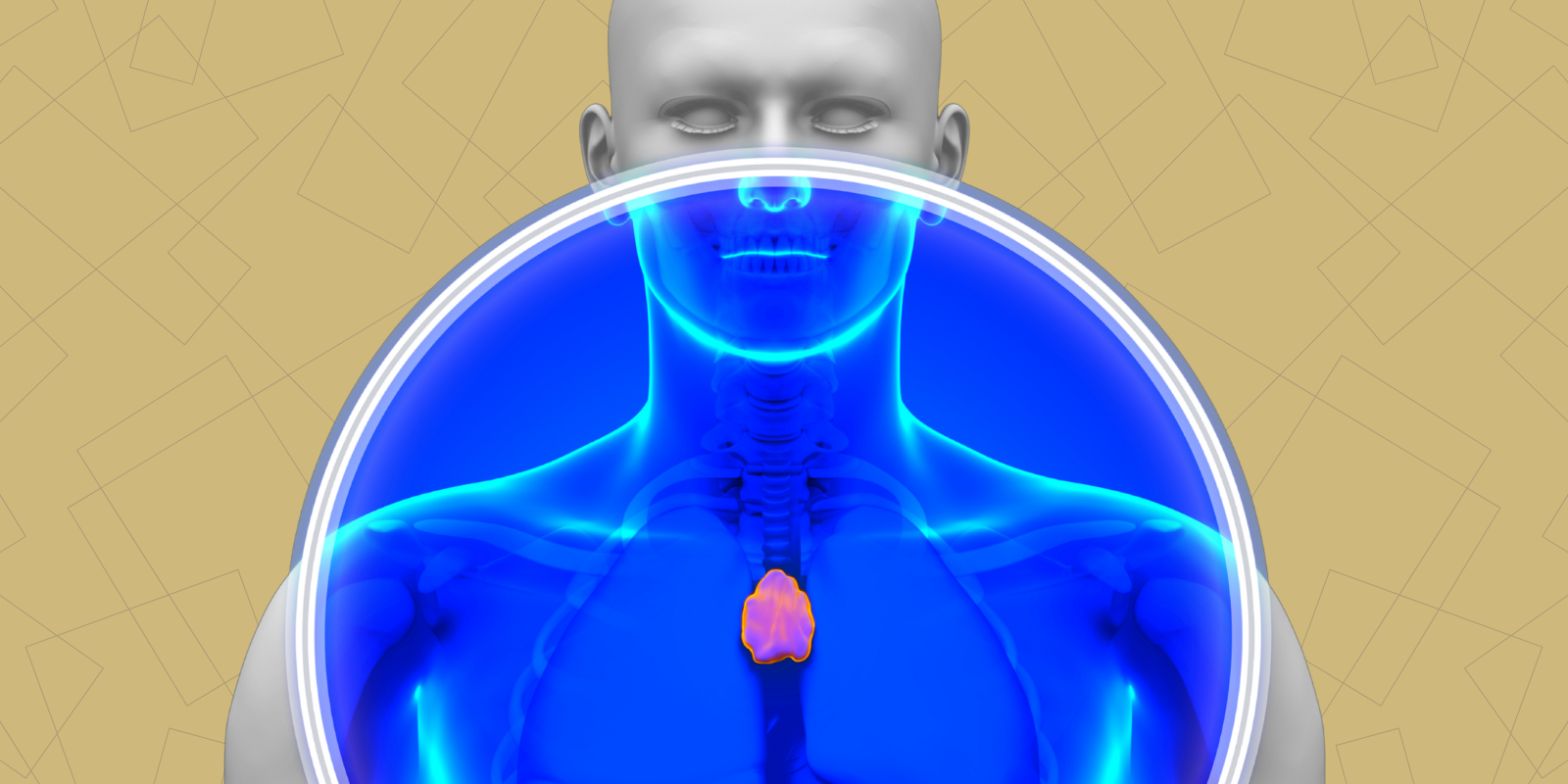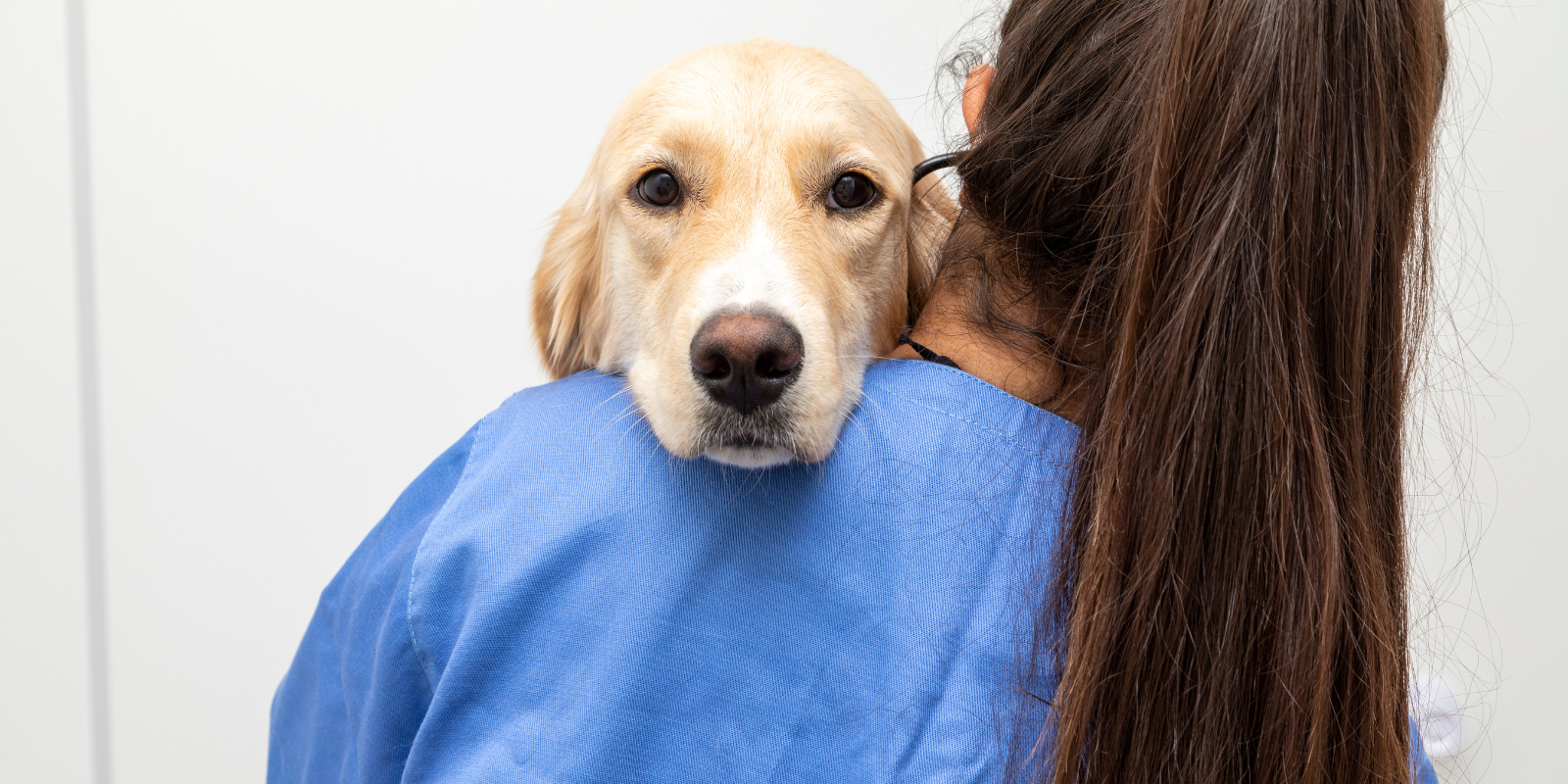How does the clinical trials process begin? What questions are researchers looking to answer?
We're always looking for areas of unmet need in treating patients with cancer. This could be the need for more effective therapies or better-tolerated therapies. We're also always looking for ways to personalize medicine and to develop drugs that may be more effective in patients with certain types of cancers harboring certain molecular alterations. And we're always trying to improve the way we treat cancer, to make therapies more targeted, more efficacious, and better tolerated.
What are the stages of a clinical trial?
The development of a new FDA-approved drug begins somewhere in a laboratory, trying to figure out exactly what's needed at the cancer cell level and looking at it in preclinical models. The first step in patients is a phase 1 clinical trial, which is designed to evaluate the safety and tolerability of the new drug and to figure out what dose and schedule should be used. Then we move into phase 2 clinical trials, which look at preliminary efficacy, and eventually we move into a phase 3, or “registrational” clinical trial, where we compare the new drug to our current gold standard and prove that it's ideally more effective and better-tolerated than the gold standard. That leads to FDA approval and a new option for patients.
Being treated at an academic cancer center like the CU Cancer Center allows patients the option to join clinical trials more often and in earlier phases, which improves survival rates.
How long does the whole process take?
Usually, this is a multi-year process, although there are examples recently of drugs that have been able to get to market more quickly. There are ways we can try to streamline the development of a drug to get it to patients more quickly, and that can include combining phase 1 and phase 2 trials together. The more we know about the types of cancer that a drug will work in, the better able we are to design the clinical trial appropriately so that we can get to that registrational trial more quickly.
How does the patient population change between phases? Are phase 1 patients taking more of a risk, in a sense, because they don't know if the drug might be harmful or toxic?
In phase 1 clinical trials, it's usually patients who have already received the standard-of-care therapies, and they're not working well enough, so their doctors want to think outside of the box and try something different. Patients in phase 1 clinical trials are monitored very closely — often we see patients every week in clinic and have a very low threshold to lower the dose or hold the dose if they have side effects. It’s very careful safety monitoring, whereas in phase 3 clinical trials, it's just one dose of the drug, and it's often a randomized study where one group gets the standard of care and the other gets the new treatment. In that situation, many times it's first-line patients, not patients who have already had multiple different kinds of treatment.
We always like to acknowledge the patients who participated in clinical trials. Whenever we're presenting a study, or a drug gets FDA approved, I think it's important to acknowledge all the patients who took time out of their busy life to participate in those studies and maybe took some risk to be in a clinical trial. It really is an important way to pay it forward, and we would have none of these treatments if people didn't participate in clinical trials.
In 2025, we have standard-of-care medicines for every cancer. Are we to the point now where clinical trials are used to test drugs that target very specific subtypes or mutations of cancer?
The drugs being developed now are smarter drugs. We're no longer developing strict chemotherapy-like drugs that just attack rapidly dividing cells. The next generation of drugs for cancer that are in development are cell therapies — treatments that use the body's own immune system or harness the immune response. Another category is small molecule inhibitors, or tyrosine kinase inhibitors, drugs that inhibit one onco-protein or one kinase that's signaling in cancer cells.
We also test combinations of therapies that result in a synthetic lethality — if you block out two things in the cancer cell, the cells will die, but if you block either one in a normal cell, you're not going to have side effects. A third category is antibody drug conjugates, which is a way to selectively deliver chemotherapy drugs to one particular part of the body. These use antibodies found in the human immune system. There are proteins that can bind to some cells very selectively, and we engineer them to attach a chemotherapy drug to the end of them, so chemotherapies can be delivered in much higher concentrations into the tumor microenvironment, compared to the bloodstream or the rest of the body.
What does the FDA look for when approving new drugs?
They primarily look at benefits versus side effects. A big goal of clinical trials is to make sure you're understanding the side effects, and you're only moving forward drugs that are effective and have a favorable risk-benefit ratio. You can't have a drug with lots of side effects and very little efficacy, but you could have a drug with more side effects, as long as it's extremely effective, especially if it’s a short course of treatment.
They also want to make sure that you're using the lowest effective dose. There's a new initiative from the FDA called Project Optimus, which is a push to make sure that pharmaceutical companies are doing what we call dose optimization, looking at different doses of the drug as well as the whole package, the side effects and the efficacy, and making sure we pick the dose that has efficacy, but as few side effects as possible.
What have you seen happen recently when it comes to clinical trials?
Many of the drugs we use in practice now to treat patients with cancer were approved by the FDA over the past 10 years, which shows that the treatment of cancer in the U.S. is evolving rapidly. Outcomes are improving too. Survival statistics continue to improve in the U.S. and worldwide, and that's because of better treatments.





